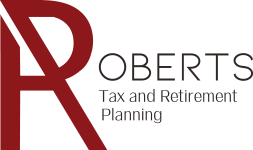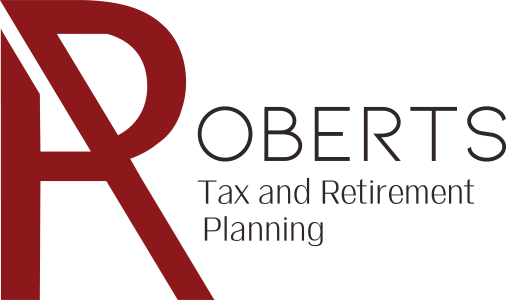Managing fixed assets, though seemingly relatively straightforward, has become much more complex in recent years, particularly for small businesses. Differences in fixed asset definitions and classifications between financial and tax has made managing them in a spreadsheet or paper binder a thing of the past.
A fixed asset is an asset that is not consumed or sold during the normal course of business, such as land, buildings, equipment, machinery, and vehicles. Companies need a system to track the purchase, depreciation, and eventual disposal or retirement. It is critical that proper depreciation calculations are made for both book and tax purposes.
There are a variety of software solutions on the market. It is important to make sure that the solution you choose is able to perform the following functions:
- Acquisition. At the time the asset is purchased, it is data entered into the system. There should be multiple sets of books to account for the various financial and tax reporting requirements. Added functionality would be the ability to scan the invoice image and even a picture of the asset as additional support.
- Reporting. The solution should provide a depreciation report for any stage of your accounting or tax cycle; monthly, quarterly, annually, or customized. The more methods available, the greater the ability to customize options.
- Tax return preparation. The system should provide all the reports needed for filing, Examples include tax Depreciation, AMT depreciation difference, ACE reporting, and a mid-quarter convention report.
- Disposition. Enter disposal date and type, and the system should produce the necessary reports to journal entry the item off your books and properly report the gain/loss on your tax return.
- Property tax reports. Put an end to the confusion of piecemeal lists and sorting through general ledger postings. Your chosen solution should generate reports that can be sorted and filtered according to your needs. If your business operates in multiple states, the ability to apply a filter for each particular filing is an absolute must.
- Depreciation projections. Reports for forecasting future year’s depreciation is a real time saver in the budgeting process.
- Ease of reporting. Make sure the system provides reports in a variety of formats to suit your needs.
Selecting fixed asset software that is appropriate for your business can be a daunting task. You may also be uncertain if you need software or if your assets can be properly managed using an alternative method. Please contact us if you would like assistance in selecting a solution.







